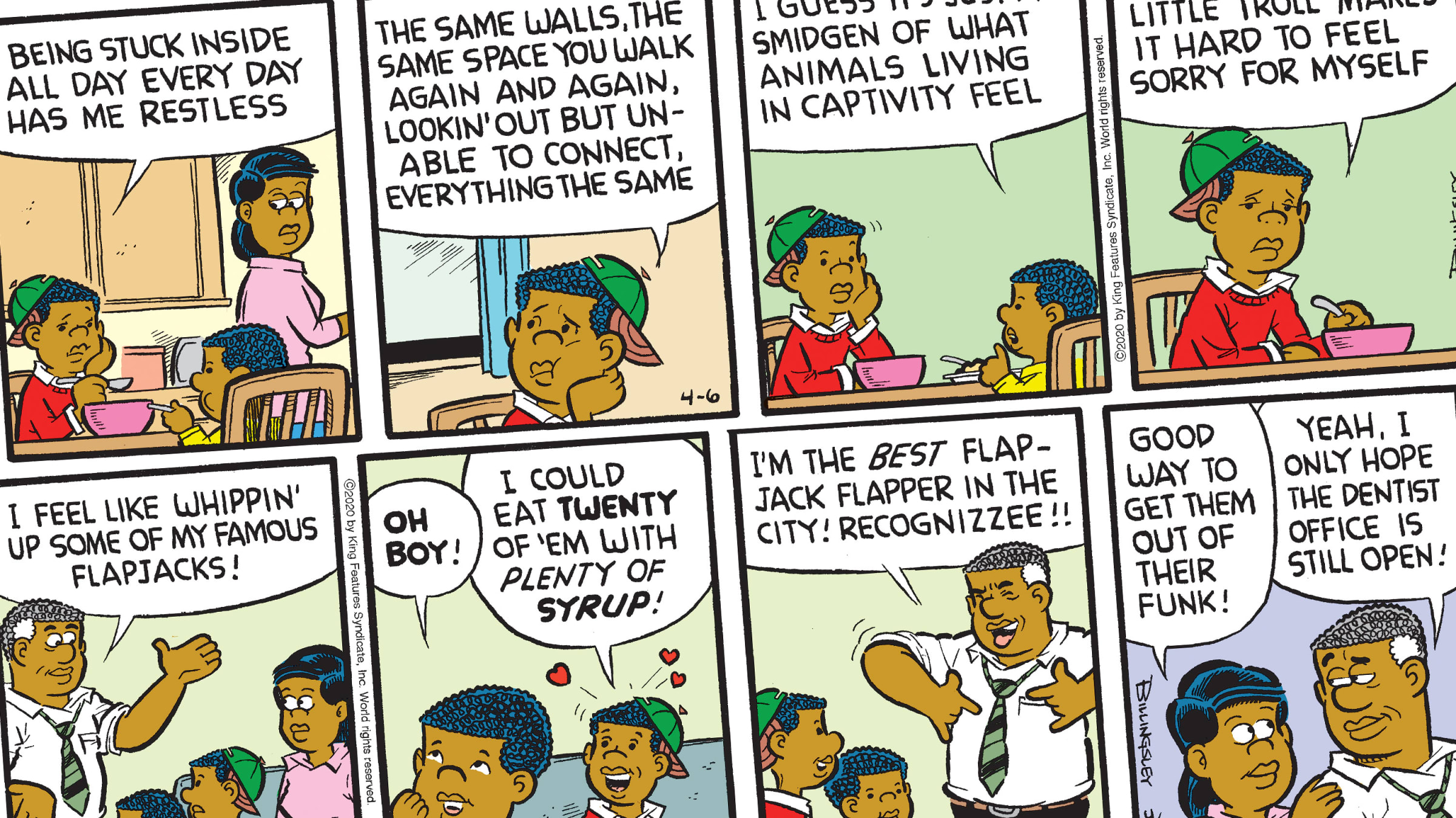Unknown Facts About Homepage - Dilbert by Scott Adams

3 Easy Facts About Best Sellers in Comics & Graphic Novels - Amazon.com Shown
The discipline increased quickly, with numerous books on the subject appearing in the 1990s. Official theories of have focused on establishing a "manga expression theory", with emphasis on spatial relationships in the structure of images on the page, differentiating the medium from film or literature, in which the flow of time is the basic arranging aspect.

Comics - The Washington Post

Image Comics Union: Workers Vote to Officially Certify Group – The Hollywood Reporter
The publication of Frederik L. Schodt's in 1983 led to the spread of usage of the word manga outside Japan to mean "Japanese comics" or "Japanese-style comics". Coulton Waugh tried the first thorough history of American comics with The Comics (1947 ). Will Eisner's (1985) and Scott Mc, Cloud's (1993) were early efforts in English to formalize the research study of comics.
Popular American efforts at definitions of comics include Eisner's, Mc, Cloud's, and Harvey's. Eisner explained what he called "consecutive art" as "the plan of pictures or images and words to narrate a story or dramatize a concept"; Scott Mc, Cloud defined comics as "juxtaposed pictorial and other images in intentional series, planned to communicate details and/or to produce an aesthetic response in the viewer", a strictly official definition which detached comics from its historical and cultural trappings.
All About Digital Comic Museum
Harvey specified comics as "pictorial narratives or expositions in which words (typically lettered into the photo area within speech balloons) normally contribute to the meaning of the photos and vice versa". Each meaning has actually had its detractors. Harvey saw Mc, Cloud's meaning as omitting single-panel cartoons, and challenged Mc, Cloud's de-emphasizing spoken aspects, firmly insisting "the essential attribute of comics is the incorporation of verbal material".

Multiversity Comics – By people who love comics for people who love comics
Cross-cultural research study of comics is complicated by the terrific difference in meaning and scope of the words for "comics" in various languages. This Is Cool for comics, ("drawn strip") stresses the juxtaposition of drawn images as a specifying aspect, which can suggest the exemption of even photographic comics. The term is used in Japanese to indicate all kinds of comics, cartooning, and caricature.

